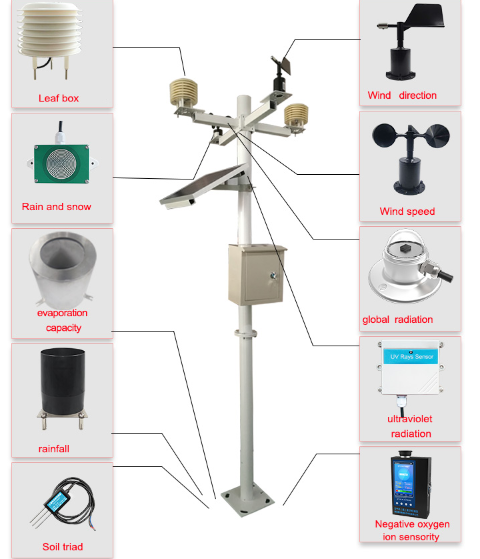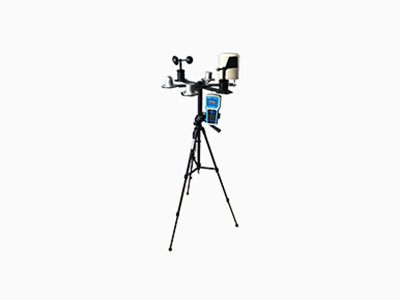When you really think about it, so much of our lives depends on the weather. A storm can ruin plans for a wedding, sports match, or casual cookout, whereas a perfect day can make for a storybook celebration, a great competition, and a fine time with friends. For people whose work depends on weather conditions, such as those in agriculture, landscaping, or construction, keeping track of the weather can be critical for professional success – and, at times, for safety, too.

Yes, your smartphone has a weather app and the local news has the week’s forecast. But if you truly want to know about the weather right there at your location, you need to have a home Ambient weather stations up and running. A great home met stations can track temperatures, measure rainfall, and wind speed, and can even help you track UV radiation and predict incoming inclement weather. Read on for our picks of the best home mets stations that’ll forecast exactly what’s heading your way.
Our Top Picks
Best Overall : Ambient Smart Weather Station
Best Advanced Weather Station: Smart Weather Stations
Multiparameter Weather Station can continuously and automatically monitor temperature and humidity, PM2.5, PM10, atmospheric pressure, wind speed, wind direction, noise, rainfall, soil, evaporation, SO2, NO, O3, CO, and quickly and accurately collect and process monitoring data to achieve regional air quality online Automatic monitoring.
Best Basic Weather Station: Portable weather stations
Portable weather stations are measure atmospheric temperature, relative humidity, air pressure, wind speed and direction, solar radiation, illumination, rainfall, soil temperature and humidity and other parameters. Factory direct sales, support according to the needs of customization and matching.
Best forest environment weather station: Forest fire weather station
The parameters of forest fire weather station can be combined flexibly, and can collect various environmental parameters, which can be used for field experiments. Used for all-weather field monitoring of wind speed, wind direction, rainfall, air temperature, relative humidity, light intensity, soil temperature, soil humidity, evaporation, atmospheric pressure, sunshine radiation, dew point and more than ten meteorological elements. The efficiency of observation is improved and the labor intensity of observers is reduced.
Things to Consider When Buying a Home Weather Station
Data Collected: Not everyone needs the same weather data, so decide what’s most important to you and look for units that collect that data with the appropriate outdoor sensors. Then consider other metrics as bonuses. If you live in an area prone to high heat or frigid temperatures, your met station can help you plan for everything from your home’s HVAC plan to your attire to your activities.
Ease of Use: Ease of use often correlates with less data , so balance ease of use with what you need to know. There are many options these days that allow ‘plug and play’ with really no setup, those that you can get your hands dirty with that have optional soil sensors, solar sensors, larger rain gauges with tipping buckets, and more.
Transmission Range: If you need to collect weather data from a point that’s several hundred feet from where the parent unit (or your smartphone) will be, look for units rated for 1,000 feet of range with a good line of sight. Realize that they will likely offer you at least half that distance with more obstructions, however.
